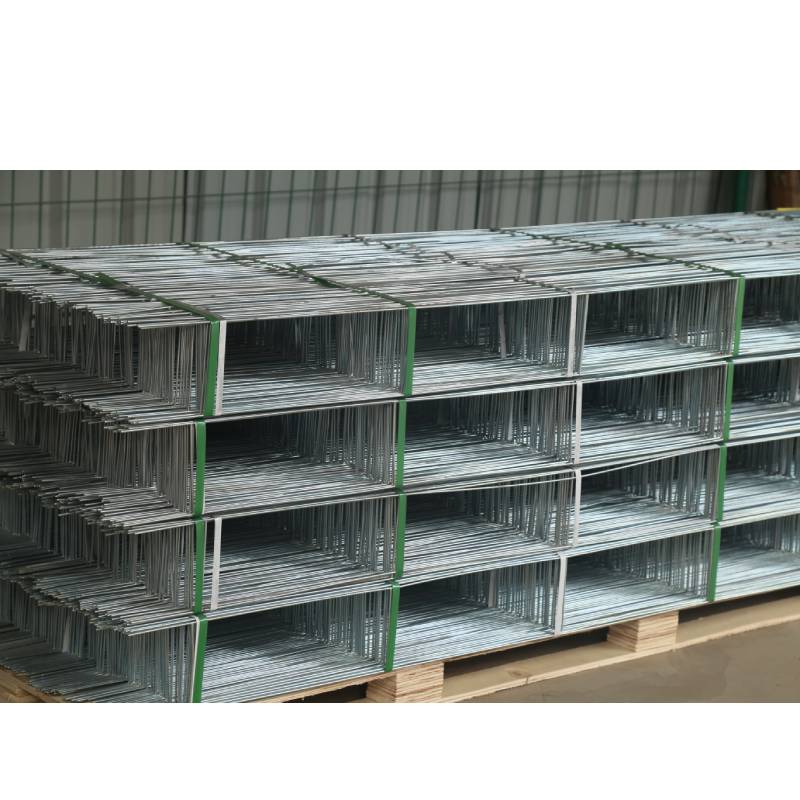
- Mobile Phone
- +8613931874955
- sales@cntcmetal.com
galvanized binding wire
The Versatility and Applications of Galvanized Binding Wire
Galvanized binding wire, a metal wire that has undergone a protective zinc coating process, is widely recognized for its durability and resistance to corrosion. The galvanization process not only enhances the wire's lifespan but also makes it a preferred choice for a variety of applications across multiple industries. This article explores the unique properties of galvanized binding wire, its applications, and why it stands out in the realm of industrial materials.
Understanding Galvanization
Galvanization is the process of applying a protective zinc coating to steel or iron to prevent rusting and corrosion. This process involves either hot-dip galvanization, where the wire is submerged in molten zinc, or electro-galvanization, where an electrical current is used to coat the wire with zinc. The result is a smooth, shiny finish that is not only attractive but also robust, making the wire ideal for outdoor and industrial usage.
Properties of Galvanized Binding Wire
1. Corrosion Resistance One of the primary advantages of galvanized wire is its excellent resistance to corrosion. The zinc coating acts as a barrier against moisture and other environmental factors that can lead to rust formation. This property extends the wire’s effective life, reducing the need for frequent replacements.
2. Strength and Flexibility Galvanized binding wire is manufactured to be strong yet flexible, making it easy to manipulate and use for various purposes without breaking. This combination of strength and flexibility is crucial for binding materials securely.
3. Cost-Effectiveness Though the initial cost of galvanized wire may be slightly higher than that of non-galvanized alternatives, its longevity and reduced maintenance significantly lower the total investment over time. Businesses across industries find that choosing galvanized binding wire is a financially sound decision.
4. Versatility Galvanized binding wire can be used in a myriad of applications, ranging from construction and agriculture to crafts and home improvement projects. Its versatility makes it an essential component in many processes.
galvanized binding wire

Applications of Galvanized Binding Wire
1. Construction Industry In the construction sector, galvanized binding wire is essential for binding rebar together, ensuring structural integrity in concrete applications. It is also used in scaffolding and formwork, providing additional support during the construction phase.
2. Agriculture Farmers frequently use galvanized wire for fencing purposes, as it withstands harsh weather conditions and provides a long-lasting barrier against animals. Additionally, it is employed in creating trellises for climbing plants and supporting crops.
3. Manufacturing and Industrial Uses Manufacturers utilize galvanized binding wire for assembling parts and components, as it provides an effective means of securing various items together without the risk of rust-related deterioration.
4. Arts and Crafts The craft world also benefits from galvanized binding wire, as its flexibility allows artists to create intricate designs and sculptures. DIY enthusiasts appreciate its utility in various home projects, from gardening to crafting decorative items.
5. Electrical Applications Because of its good conductivity, galvanized wire can also be used in electrical applications, including grounding and bonding connections, further showcasing its versatility across various sectors.
Conclusion
Galvanized binding wire is a testament to industrial innovation, combining durability, flexibility, and cost-effectiveness into a single product. Its resistance to corrosion makes it particularly attractive for both outdoor and industrial applications, ensuring that it remains a staple material across numerous sectors. Whether for construction, agriculture, manufacturing, or art, galvanized binding wire proves its worth through a wide range of functionalities. As industries continue to evolve, the demand for reliable materials like galvanized binding wire will undoubtedly grow, solidifying its place in the market for years to come. Embracing this versatile wire will not only enhance product quality but will also provide peace of mind regarding longevity and performance in various applications.
share:
-
Your Source for Concrete Wall Ties and Masonry AccessoriesNewsJul.10,2025
-
Unlocking the Power of Iron Wire for Every ProjectNewsJul.10,2025
-
Explore Advanced Chain Wire and Stainless Steel Mesh FencingNewsJul.10,2025
-
Discover the Benefits of Annealed Wire ProductsNewsJul.10,2025
-
Discover China Stainless Steel Wire Mesh SolutionsNewsJul.10,2025
-
Build with Confidence Using High-Performance Masonry AccessoriesNewsJul.10,2025
-
Why Sacrificial Formwork Is Redefining Underground ConstructionNewsJun.06,2025



















